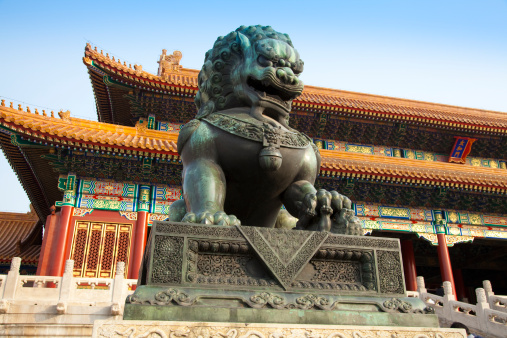The conventional wisdom is that the first drop in China’s work force in memory is part of a trend that will undermine its growth rate. Whether that is true depends almost entirely on how people in the People’s Republic are employed in the future.
The Chinese government reported the country’s labor pool dropped by 3.45 million last year to 937 million. As is true with most of the largest economies in the world, an aging population is expected to make a worker shortage worse in China.
The logical conclusion of the effects of the workforce contraction, at least as seen by international agencies like the World Bank, and many private economists, is the China will not be able to maintain GDP growth of over 8% without a glut of workers.
That point of view fails to take into account the extent to which China can move its manufacturing sector up-market in terms of the value it adds to unfinished goods and commodities. More sophisticated factories and better trained workers usually mean higher margins, which will help gross domestic product if China manufacturers can win this type of business.
China remain woefully weak in the services sector, particularly in segments based on intellectual property. China has no companies that are the equivalent of Germany’s SAP A.G. (NYSE: SAP) or America’s IBM (NYSE: IBM). It has no huge Internet company similar to Google Inc. (NASDAQ: GOOG) or software operation similar to Microsoft Corp. (NASDAQ: MSFT). The tendency of the Chinese to steal this technology instead of create it almost certainly hurts its long-term GDP more than helping it. Piracy allows China to dodge the issue of how much its job pool and GDP per capita could grow if it had a high-end services sector of its own. The university system in China has built a new generation of technicians, which can be added to those educated in the United States. Now, the People’s Republic needs to decide whether its wants to use this talent to create work, or continue to steal the fruits of work done elsewhere.
China’s GDP per capita is $8,400 compared to over $48,000 in the U.S. which shows how little the drop in China’s workforce might mean.
It’s Your Money, Your Future—Own It (sponsor)
Are you ahead, or behind on retirement? For families with more than $500,000 saved for retirement, finding a financial advisor who puts your interest first can be the difference, and today it’s easier than ever. SmartAsset’s free tool matches you with up to three fiduciary financial advisors who serve your area in minutes. Each advisor has been carefully vetted and must act in your best interests. Start your search now.
If you’ve saved and built a substantial nest egg for you and your family, don’t delay; get started right here and help your retirement dreams become a retirement reality.
Thank you for reading! Have some feedback for us?
Contact the 24/7 Wall St. editorial team.





